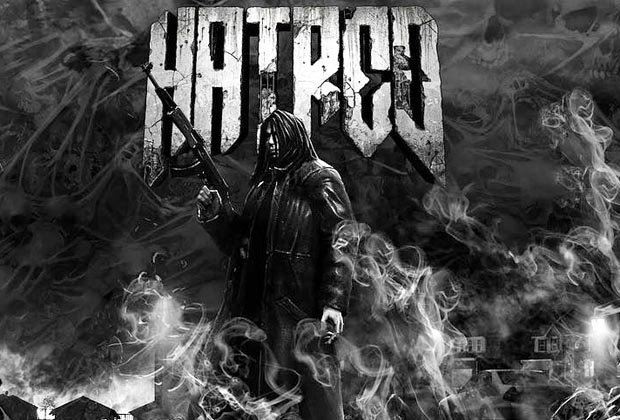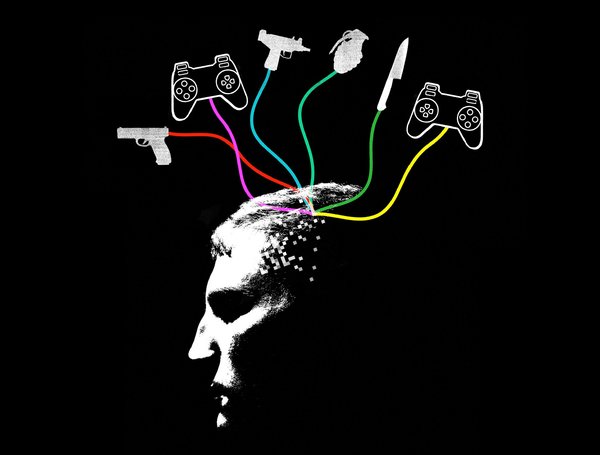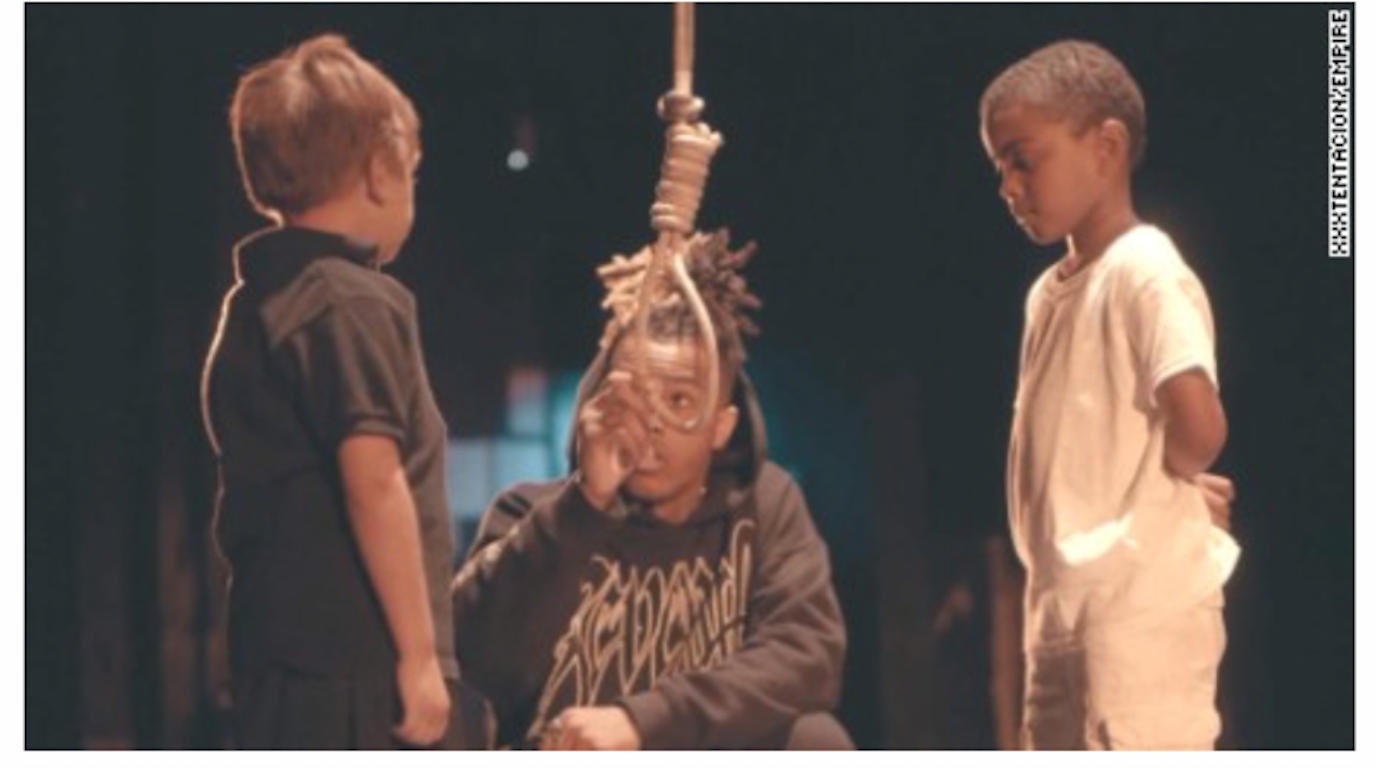
It would seem tasteless, in the wake of the Oregon shootings, to ask anyone to relive them. As would it with any major shooting; for experiencing the event rather than the aftermath means interacting with the killer’s psyche in a manner likely unpleasant and certainly raw.
Which leads us to Super Columbine Massacre RPG.
The essential premise of the game (which for punctuation reasons I will write without an exclamation point) can be reasoned out fairly quickly. The game, with the purpose of examining the media response to the Columbine shootings, casts players in the role of the killers, interspersing the murder spree with recordings and transcripts covering the events. The artist’s intent, as detailed in a statement on his official website, was to force his audience to confront the events of the Columbine shooting directly, outside the media circus (several years past at the game’s release) and the various other methods we use to conceal from ourselves the truth of the matter.
Fundamentally, the work confronts the audience with the most offensive choice an artwork can perhaps demand: culpability. It does not ask players to observe the Columbine shootings, or experience them; it asks the players to, virtually, reenact them. This is utterly alien from most traditional forms of art, which by nature require the audience to take on a non-active role—either the victim acted upon or the neutral observer, and not the actor itself. In sum, this forces the audience to reflect not only on the characters but on themselves, and ask what exactly is the moral good of a Columbine simulator?
On a surface level analysis, and several layers deeper, it appears the answer is “none at all.” Whatever good a work can produce is outweighed by its context. Show Birth of a Nation to an audience of Martians who know nothing of human social interactions, and then to a group of former Black Panthers, and likely the latter will have a harder time focusing purely on the artistic merits. That is, if one shows a work steeped in a horrific event to a person, there is a fair chance that person will react to the tragedy rather than the work. Especially if the person is called to take part.
Inversely, everything we say about art should technically apply to this game. Art is varied, art is complex, art is antagonistic when it needs to be (and a media circus is a well-loved target, given that it exists by people taking advantage of death for their own personal gain). Something that offends the senses need not be inartistic; porn and blood and urine all can be used to create a beautiful thing. And furthermore, what is art if it cannot discuss the horrific? In every point, every element, every fundamental contribution Super Columbine Massacre RPG! Should come off as a valid artistic endeavor.
And yet.
Can an action be so nightmarish that recreation becomes abominable? It shouldn’t, if we are not fully hypocritical about the dynamics of art and crime. Especially if it does not call the players to commit any real offense (these are, after all, virtual people being mercilessly slaughtered). Yet, and on this point I am not alone, what causes us to rebel from playing such a game? Why do we imagine that this crime ought not to be simulated, especially alongside series which glorify murder on a much more massive scale. Other games exist which portray crimes that occurred in real life, other games exist where murdering innocents is possible, other games exist far more brutal than some 16-bit RPG. What makes this game different?
Say the words out loud: “a game about the Columbine shootings.” Now say: “an interactive media presentation about the Columbine Shootings.” Then you will perhaps understand the trouble circulating around Super Columbine Massacre RPG. The phrase ‘game,’ while technically used a synonym for any form of artistic media where audience are given direct control over the works proceedings, sounds inherently minimizing to our ears. In other words, when we hear that this work is a game, our first reaction is to imagine it in the context of amusements, Monopoly or The Game of Life or Battleship, and not as an artistic comment. We would not shudder so violently were the Columbine events rendered in film or print, because ‘movie’ and ‘book’ are effectively neutral terms. ‘Game’ is not. It implies pleasure, and pleasure specifically at the actions one performs. Thus we accuse Grand Theft Auto as glorifying crime, no matter how miserable the lives of its protagonists, by the fact that it permits one to break the law. So when we hear the phrase: “a game about the Columbine shootings,” and learn that one controls the killers themselves, our first reaction is to imagine the work makes ruthless murder fun. The idea that the work might be placing us into this perspective for anything other than base enjoyment, whatever we rationally think, does not influence our gut response.
Does this work minimize the tragedy? Certainly, from the artist’s own words, he did not intend to do so. And the “enemies” the player confronts are not actual people, but abstractly-identified manifestations of who the two men wanted to kill. We must remember to ask this: why do we automatically feel, at the thought that this is a game, that it must minimize the subject?






